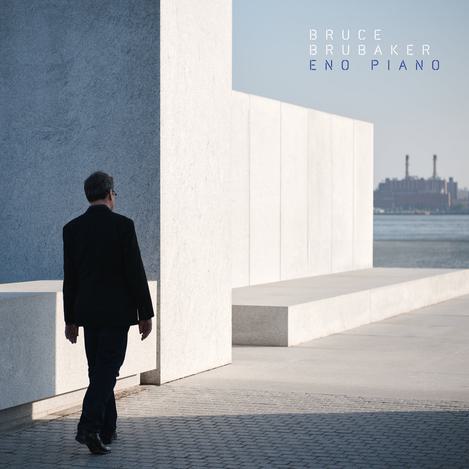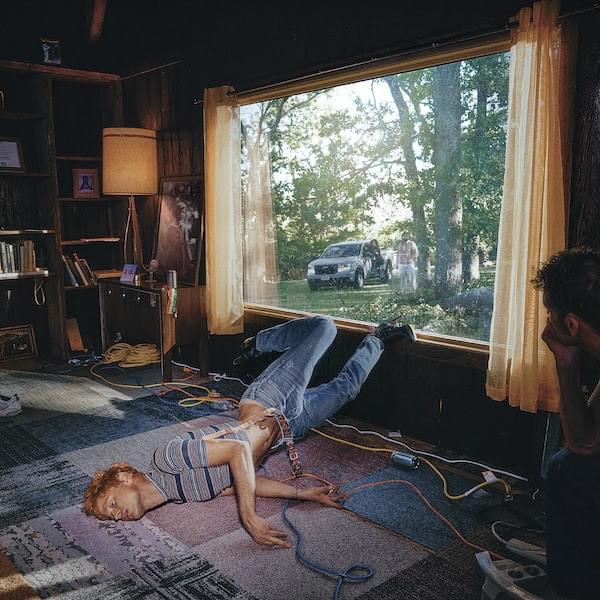Bruce Brubaker constructs a thoughtful and highly persuasive re-working of an ambient classic Eno Piano
"Eno Piano"

Pianist Bruce Brubaker’s take on Brian Eno’s Music for Airports is an imaginative presentation, on an electronica-assisted piano, that retains the ambient character of the original, yet brings a new perspective on a recording from forty-five years ago.
Instead of the tape loops of the 1978 process, Brubaker here transforms and extends the reverberative quality of the Steinway grand through the use of the latest IRCAM (the French electronic and avant-garde music institute) technology.
The new drone effects are used judiciously, so that the result is a consistently engaging hybrid of reproduction and reinterpretation, based on transcriptions of Eno’s album. Here, the seventeen minute opener, “Music for Airports 1/1” has some affinity, in its early moments, with Brubaker’s 2015 Glass Piano, his reworking of Philip Glass, in its bareness. Yet as the track develops, the subtleties of the technologically-extended chord decay sounds become more noticeable.
In one sense, a valid comparison might be made with some of the DG Recomposed series, such as Carl Craig and Moritz von Oswald’s fine techno-style modification of Karajan’s 1980s recordings of Ravel and Mussorgsky. Indeed, the sleeve notes on that 2008 release refer directly to “Brian Eno’s collaboration thirty years ago with the German electronic duo Cluster.”
On “Music for Airports 2”, the sound effects are closer to those of a synthesiser, providing a different sonic dimension yet retaining the stripped-down pianistic essence and avoiding the over-emphatic. The link with the slow recreations of the Philip Glass pieces is more clear here, and Eno’s composition never drifts away from our consciousness. Brubaker’s observation about negotiating the balance between “what’s real” and “what’s studio” is especially relevant.
The beautiful lyric-free take on “By This River” (Eno’s original is from his 1977 album, Before and After Science) is a fine illustration of what works particularly successfully. The natural-sounding high piano notes and the seemingly more electronically-enhanced sustain of the lowest are brought together fluently in a delightful miniature of very well integrated “real” and “studio”, exhibiting pianistic technique and technological restraint.
Working from minimal (or Minimalist) sources presents clear challenges. It’s Brubaker’s achievement that, throughout this record, he shows an almost reverential respect while at the same time constructing an apposite and convincing deviation.
Get the Best Fit take on the week in music direct to your inbox every Friday

Great Grandpa
Patience, Moonbeam

Deafheaven
Lonely People With Power

Perfume Genius
Glory





